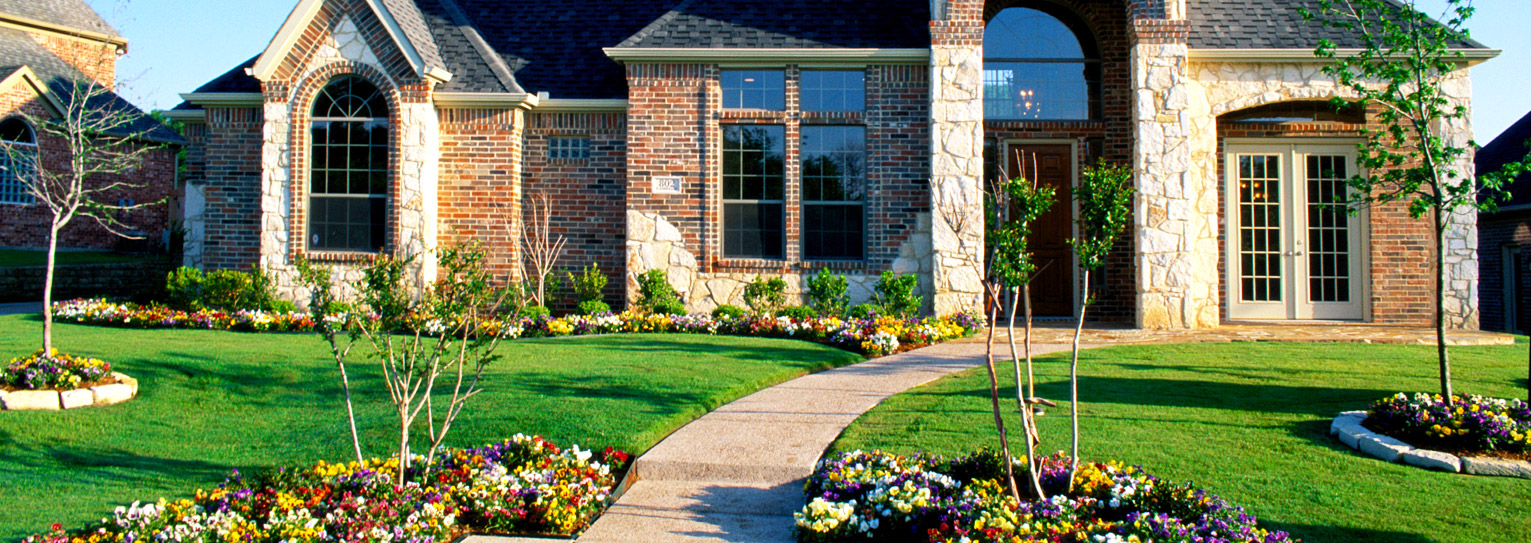This Summer...Nature One, Man Zero
When it comes to battling the elements, ‘nature’ always has the upper hand. Area farmers and local gardeners have all seen their crops affected negatively by flooding rains and oppressive heat, causing damage on many levels.
The crop of turf has also suffered this year in many ways. The top (or bottom) three are:
- CRABGRASS – Spring pre-emergent has done its thing. The 3 month residual effect is spent. With our cool-season grasses suffering in the summer heat, late-season crabgrass is now germinating, especially in bare/thin areas of turf and on edges where poor soil, radical edging practices, and excessive heat from abutting concrete/asphalt surfaces compound the stress issues. While there are some post-emergents available that can suppress late-season crabgrass to a point, ultimately a good fall frost will effectively kill any rogue crabgrass plants that surfaced this year and give us a clean slate to work with next spring.
- YELLOW NUTSEDGE – Also called ‘nut grass, ‘water grass’ and ‘swamp grass’. While it looks like a lime-green grass that grows 4x faster than regular turf, yellow nutsedge is not a grass. Sedge actually grows from a very small bulb called a nutlet. A mature nutsedge plant can produce many dozen new nutlets on its root system, which is why the plant is generally seen growing in dense patches, as this individual-looking plant is actually connected to many other plants by a delicate but intense root system. Selective herbicides can greatly decrease its numbers. However, dormant nutlets may remain unaffected by foliar applications and come alive next season, when the cycle starts all over again.
- DALLIS GRASS & JOHNSON GRASS – These perennial grasses come up year after year from a tuberous root system and are not controlled with pre-emergent. Limited products are available to suppress this plant. Shy of glyphosate (Round-Up) total kill herbicides, anyone experiencing these undesirable wide-bladed grasses will generally have an ongoing battle on their hands.
- BROWN/DEAD SPOTS – Showing up in great numbers and size variations. Brown spots are caused by many things, including dog urine, a hot lawn tractor (tires, engine, exhaust), garbage cans or lids left out to bake all day, the list is endless. Again, ‘nature’ has played the trump card. Extreme heat and record rainfall have created the perfect storm for lawn diseases (fungus) in great quantity. At least 6 different diseases are active at the moment on everything from bluegrass to Bermuda grass. Usually, dead spots will recover. In a few cases, and especially in newer turf, the damage can be more severe and may require a certain amount of fall renovation. Fungicides can be applied, but are expensive and still limited in their effectiveness. A local golf course manager recently stated that they are applying a fungicide on the golf greens every 14 days, and still there is disease activity showing.
If you long for greener turf, think fall! The cooler temperatures will be here soon enough, and most of our current problems will come to a screeching halt. Proper seeding (if needed) and fall fertilization will also help lawns to recover at that time



